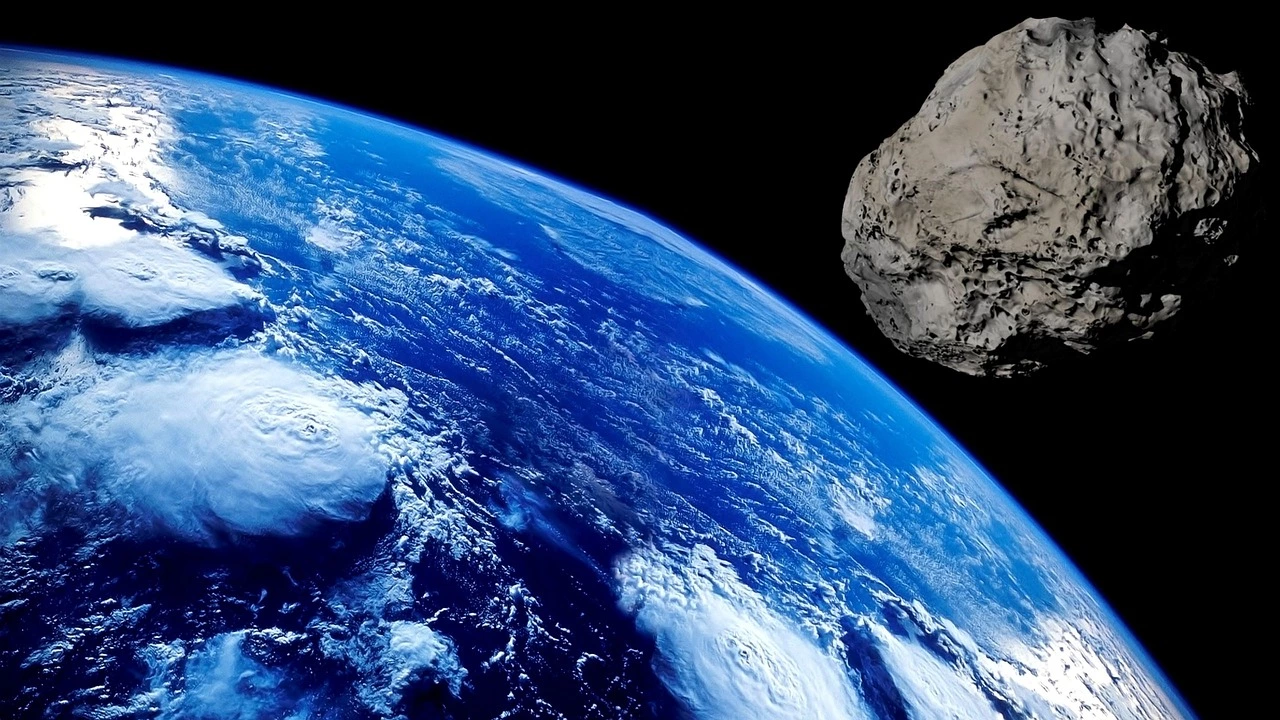By: Jingwei Zhao
The HelioLinc3D, an algorithm developed for the Vera Rubin Observatory located in Chile, could potentially find overlooked asteroids heading towards Earth. This would be a revolutionary feat, as once we identify asteroids that are on a path to Earth, we could easily shoot and break them down, preventing any unwanted asteroids from hitting our planet. In this scenario, the HelioLinc3D algorithm might just work to destroy any dangerous asteroids coming our way. Since space telescopes overlook many asteroids, they are not very reliable. However, their movements are based off lines of code, and these lines of code can be used to create algorithms that can detect any dangerous objects floating around in space, like asteroids.
According to a New York Times article, “Conventional algorithms need four images, taken during a single night, of a moving object to confirm whether it’s a genuine space rock.” However, new software created by researchers at the University of Washington is so efficient that it cuts the number of necessary nightly space observations by half and finds any potential asteroids heading right towards our planet. This algorithm has already found an asteroid coming close to Earth that many other older surveys have overlooked. Not even data from the NASA-funded ATLAS (Asteroid Terrestrial-impact Last Alert System) survey and similar programs were able to catch onto a 600-feet long asteroid that the HelioLinc3D, an asteroid that could ruin an entire city.
Although this asteroid, now named 2022 SF289, is classified as “potentially hazardous,” its closest approach to Earth was only within 140,000 miles of Earth’s orbit. There is no major impact risk for millennia to come. The HelioLinc3D algorithm was specifically designed for the Vera Rubin Observatory in Chile, as the observatory’s massive mirror, and giant camera can see almost everything in space, from dying stars to tiny asteroids. Without the HelioLinc3D, this giant observatory would not be able to reveal all the asteroids floating around in space.
“The discovery of 2022 SF289 is the proof,” says Ari Heinze researcher at the University of Washington, and principal developer of the HelioLinc3D. So far, these “asteroid-hunting telescope surveys” have found a total of over 32,000 near-Earth asteroids, with most found because they reflected sunlight. However, asteroids over 460 feet in length could easily wipe out major cities and even small countries, but they often go under the radar. Over half of these expected massive asteroids have yet to be discovered, with only roughly 10,500 found out of a projected 25,000 of these larger asteroids.
The four images received every night from these telescope surveys may not always be accurate due to different weather patterns, which make asteroids appear very faint. Some could be captured in multiple images, yet still not be identified as an actual asteroid, making planetary defense even more challenging. The HelioLinc3D, however, only needs two pictures per night, across three consecutive nights, to identify any unwanted asteroids, making the process easier and more efficient.
“It took us about 200 years to go from one known asteroid to a million. Depending on when we start, it will take us between three and six months to double that,” says Mario Jurić, astronomer at the University of Washington and the HelioLinc3D’s team leader. The Vera Rubin Observatory’s more advanced instruments will be able to catalog not only asteroids, but also “all moving objects” in space like comets, according to Queen’s University Belfast astronomer Meg Schwamb, who is not associated with the project. Schwamb also added that the Rubin Observatory will become an outer space exploring machine, with the HelioLinc3D as “the engine. It’s going to rewrite the solar system.” As The New York Times summarized, “The hope is to discover within the dark and vacant sea with myriad islands – all beguiling remnants of the solar system’s cacophonous creation.”











